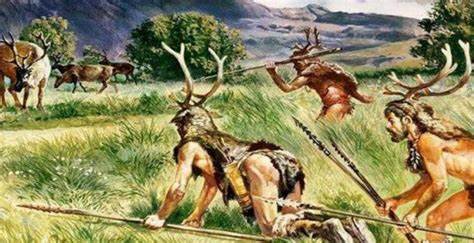This is the VOA Special English SCIENCE REPORT.
Russian and Norwegian scientists have reported finding stone objects and animal bones in the far north of European Russia. The scientists say the objects provide the first evidence that ancient hunters lived in the area more than thirty-thousand years ago. They say this is at least fifteen-thousand years earlier than experts had thought.
Pavel Pavlov of the Russian Academy of Sciences and John Inge Svendsen of the University of Bergen in Norway led the study. They reported their findings in Nature magazine.
The Russian and Norwegian team worked at a camp along the Usa River at the Arctic Circle. The scientists say they found several ancient stone tools. They also found one-hundred-twenty-three bones from animals, such as horses, reindeer and wolves.
The scientists say their most important discovery was a tusk from an ancient elephant called a mammoth. The huge, curved tooth was more than one meter long. The tusk is covered with small cuts. The scientists believe humans made the marks with sharp-edged stone tools.
The scientists used a process known as radiocarbon dating to measure the age of the tusk. Radiocarbon dating shows the level of a radioactive form of carbon in a substance. The tests showed the tusk is about thirty-six-thousand years old.
The scientists say they are not sure what kind of humans left the stone objects and bones along the river. They said the people were either early humans called Neanderthals or modern humans. Modern humans spread through Europe and Asia thirty-thousand to forty-thousand years ago. The scientists say the ancient people needed a high level of social development to survive in the extremely cold environment.
The objects were discovered about three-hundred kilometers northeast of another area where scientists say humans once lived. That area has objects more closely linked to modern humans. Those objects are believed to be about twenty-eight-thousand years old.
Nature magazine also published a report by John Gowlett of the University of Liverpool in England. He said the discovery shows the ability of early humans to do the unexpected. He also said the discovery should renew debate about the effects of the climate on the movements of early human populations.
This VOA Special English SCIENCE REPORT was written by George Grow.
